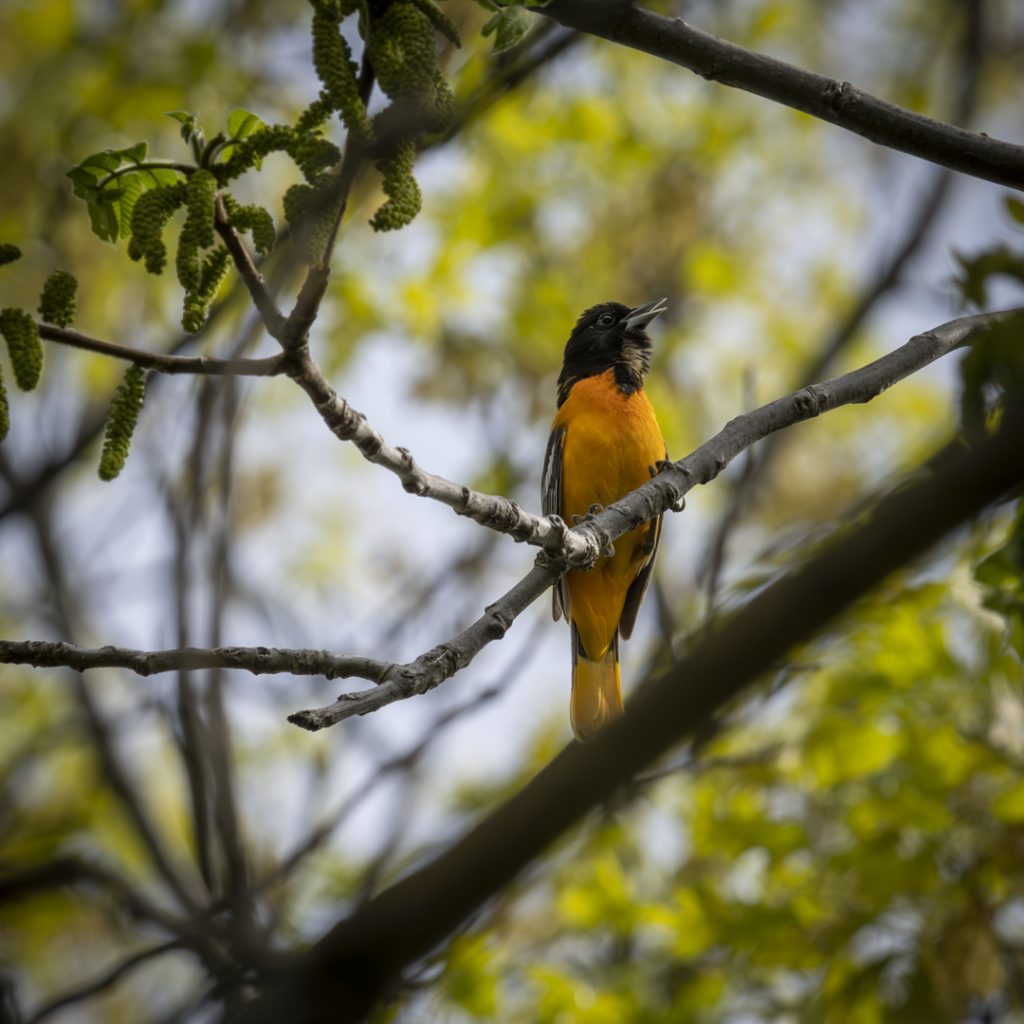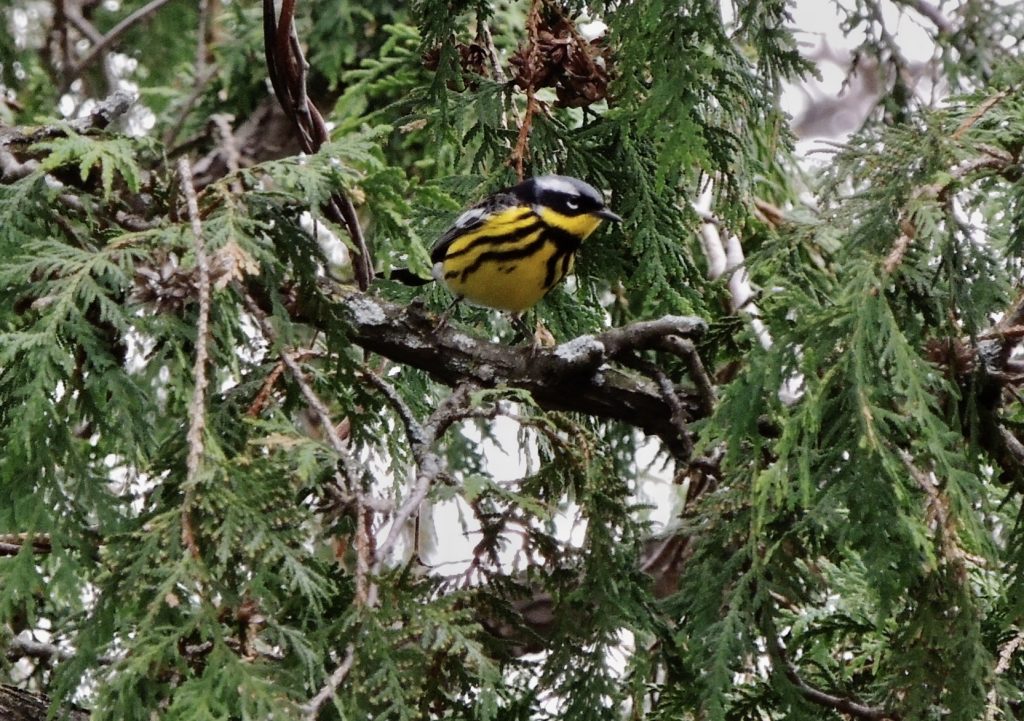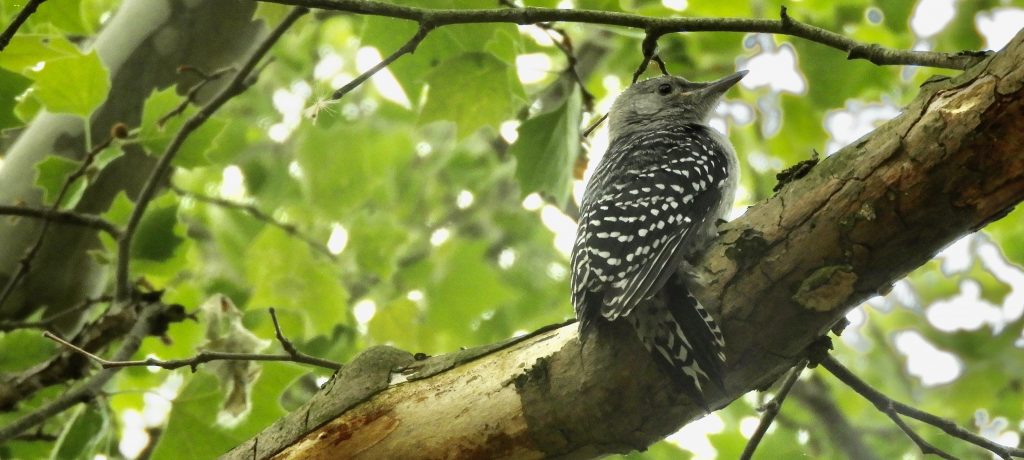 Hendrie Valley, Burlington. ON. June 9 2023. I had no idea that rain was in the forecast when I set out early this morning. It was cool, still and pleasant, although warm enough for blood-hungry mosquitoes. I was on a mission looking for evidence of breeding among the many bird species that thrive in the valley. Specifically, I wanted to upgrade levels of evidence of Mourning Warbler and Great-crested Flycatcher both of which are present here. This work, if you can call it that, is part of my continuing contribution to the Ontario Breeding Bird Atlas (OBBA). For some background and to put this and future posts in context follow this link to a post from March 2021.
Hendrie Valley, Burlington. ON. June 9 2023. I had no idea that rain was in the forecast when I set out early this morning. It was cool, still and pleasant, although warm enough for blood-hungry mosquitoes. I was on a mission looking for evidence of breeding among the many bird species that thrive in the valley. Specifically, I wanted to upgrade levels of evidence of Mourning Warbler and Great-crested Flycatcher both of which are present here. This work, if you can call it that, is part of my continuing contribution to the Ontario Breeding Bird Atlas (OBBA). For some background and to put this and future posts in context follow this link to a post from March 2021.
Even if sight of them was lost in the exuberant greenness of late spring, I was quite happy to be surrounded by the songs of many familiar birds: Red-eyed Vireos, Baltimore Orioles, Eastern Wood Peewees, Yellow Warblers and Swamp Sparrows.
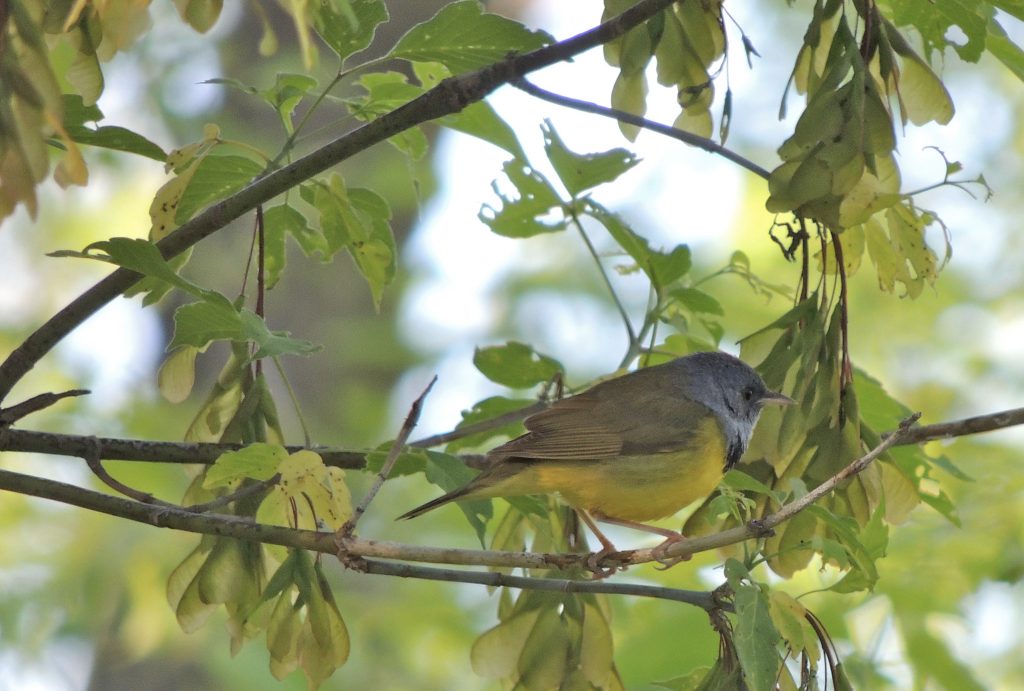
Passing a newly built Beaver dam, I could hear the brief chattering song of a Mourning Warbler but it too was invisible lost in a thick tangle somewhere. I first heard what I assume is the same bird at this location on May 27th so its presence today, two weeks later, counts as ‘Probable’ on the OBBA scale. I’d still like to see it because Mourning Warblers are very attractive creatures.
I kept walking, alert for anything but especially for Great-crested Flycatchers. I could hear them, they’re plentiful and active and I’m sure they nest here. Late last summer I encountered a family of them, parents and three or four capably flying young, but for OBBA, that doesn’t prove breeding here, they could have come from another square. Great-crested Flycatchers are cavity-nesters so although I probably won’t see one on or at its nest: an adult carrying nest material or food for young would be a big step forward.
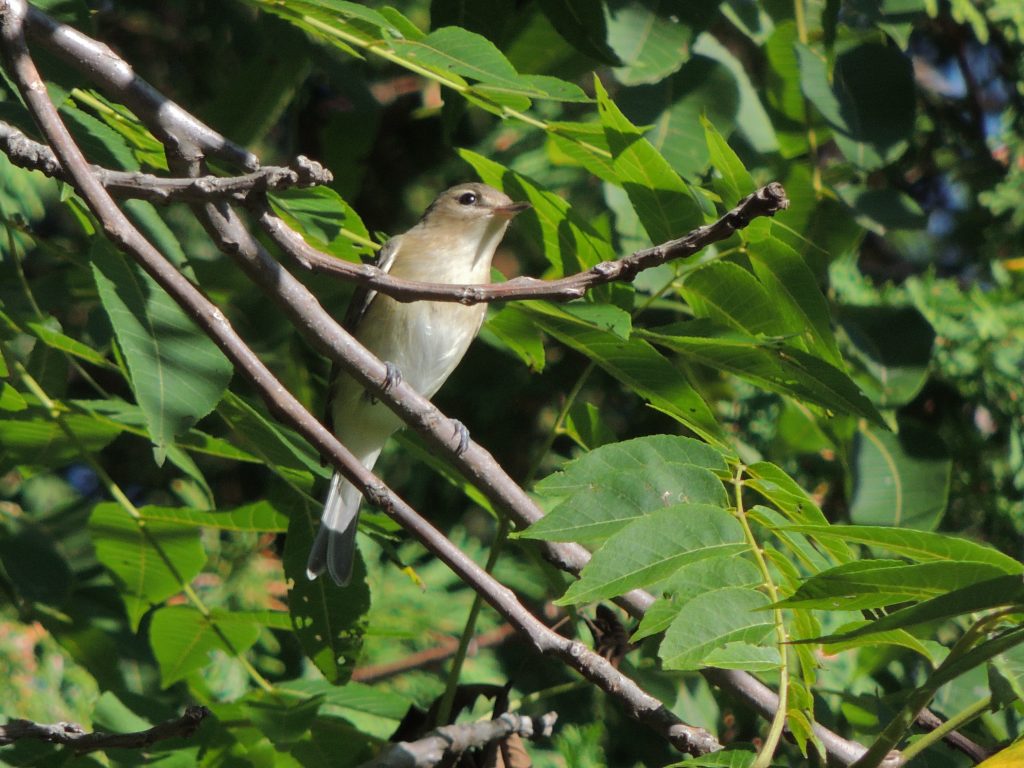
The clouds were closing in a bit but not nearly enough to spoil the day. A singing Willow Flycatcher was a bit of a surprise and I watched a pair of Warbling Vireos interacting as if in courtship, one singing while the other watched attentively.
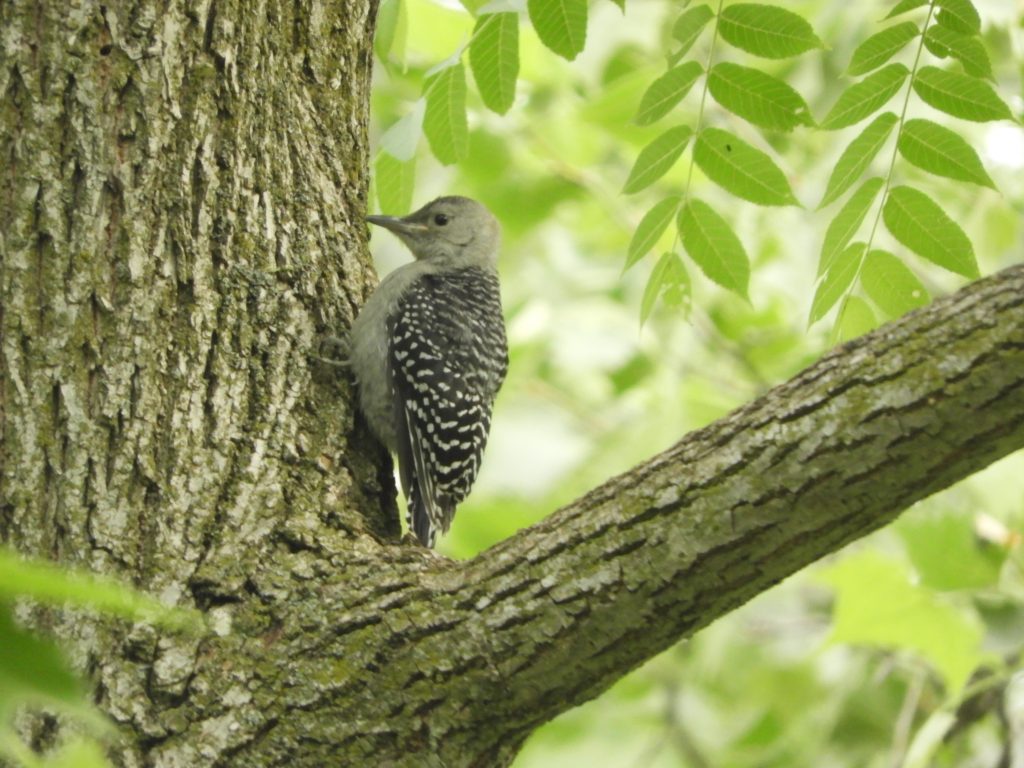
My Bird of the Day was this Red-bellied Woodpecker. I spotted it some distance away, and when it flew closer to me I could tell that it was a very young fledgling. It is plain grey, no red at all, that will come later this year. It was so young that you can still make out the yellow lips of its nestling gape. When it took flight, it looked uncertain of quite how and where to land, but once safe it probed tree bark enquiringly as its DNA instructed. Food was at hand nevertheless, its dad was near and watching me closely, perhaps out of caution or possibly hoping I had handouts to share. I would guess this youngster left the nest for the first time yesterday or perhaps this morning.
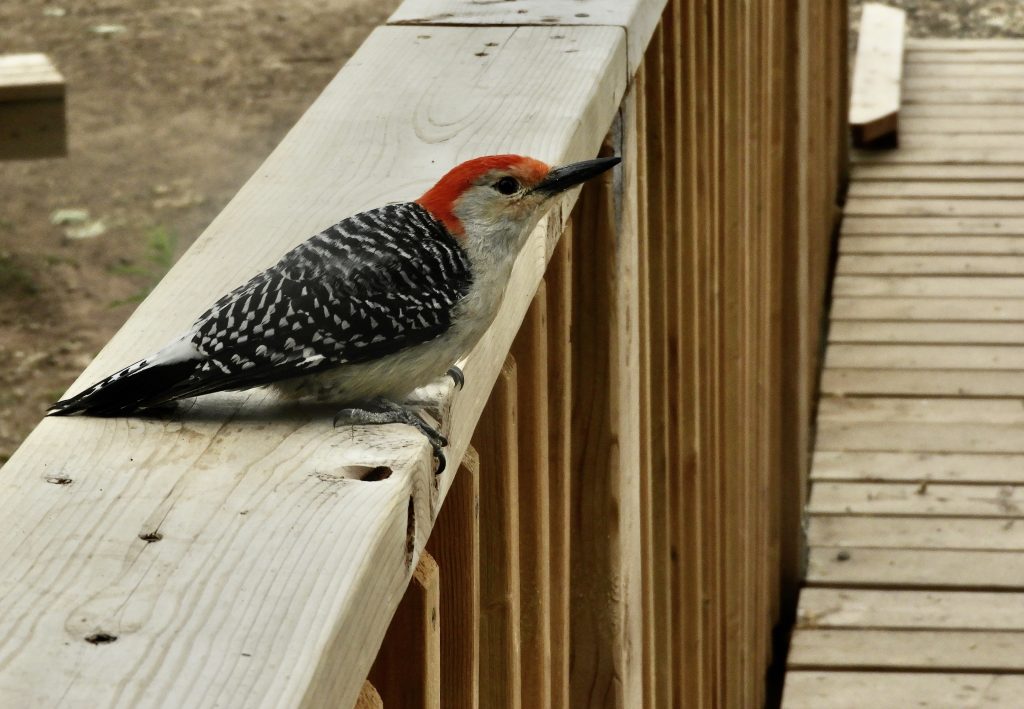
A few spots of rain set me heading back home but not before I heard another Mourning Warbler. Good reason to go back, and I shall very soon.
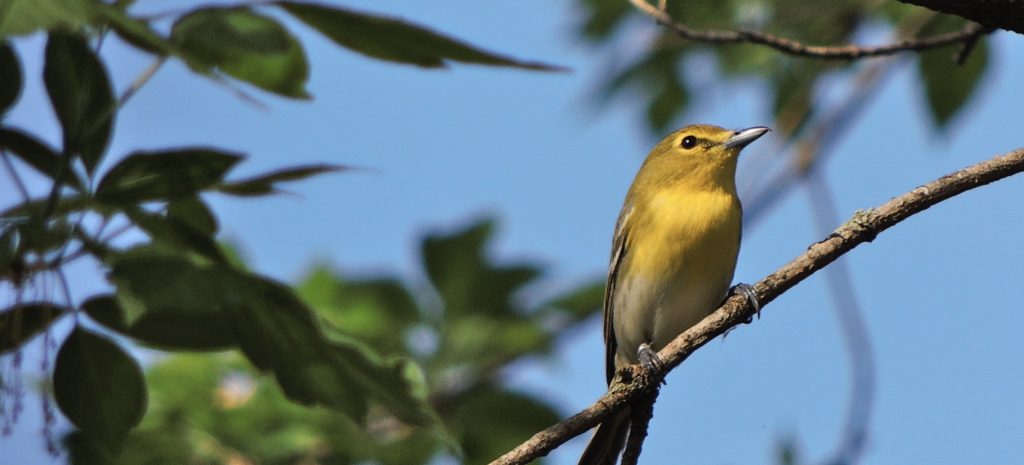

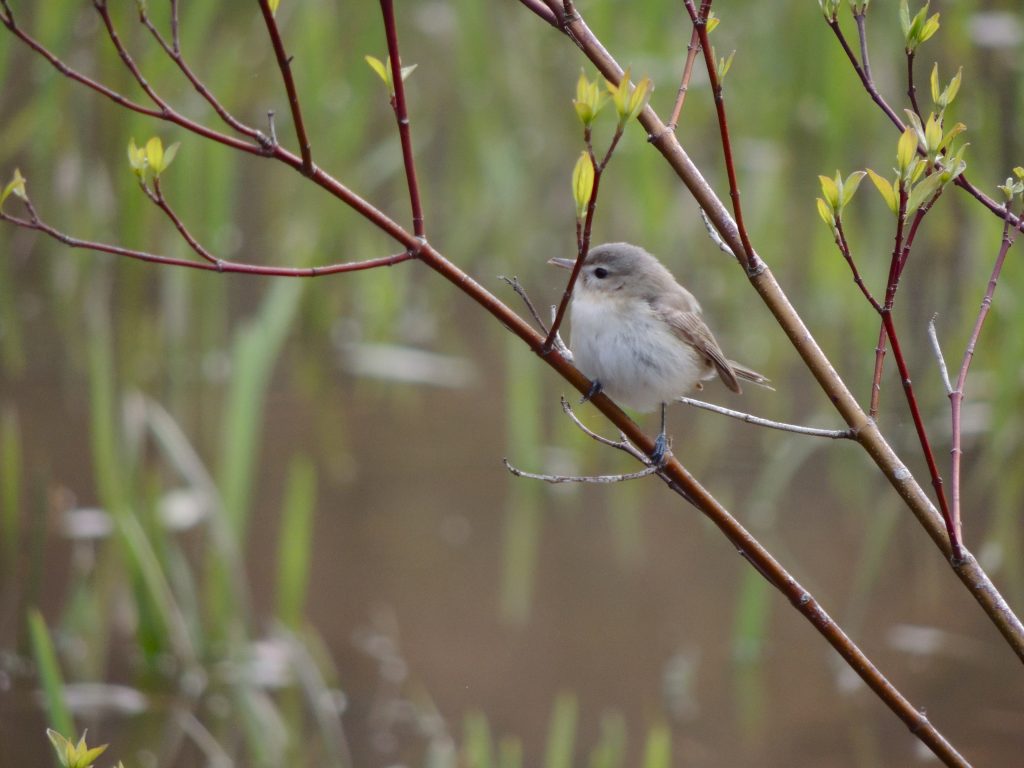
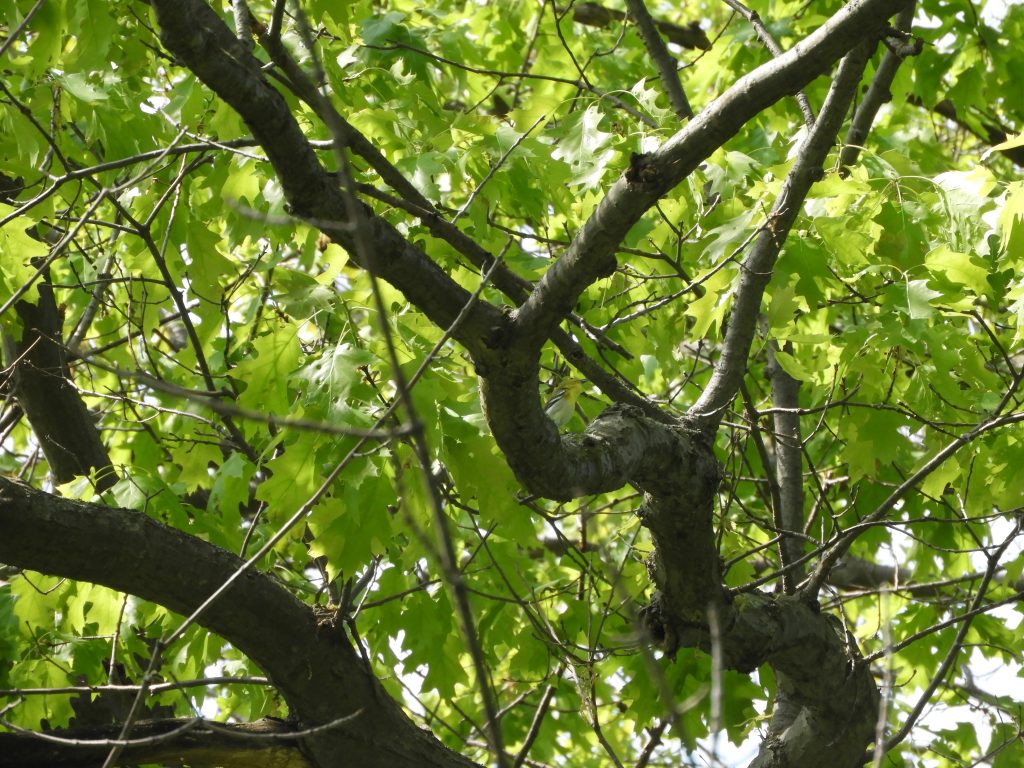
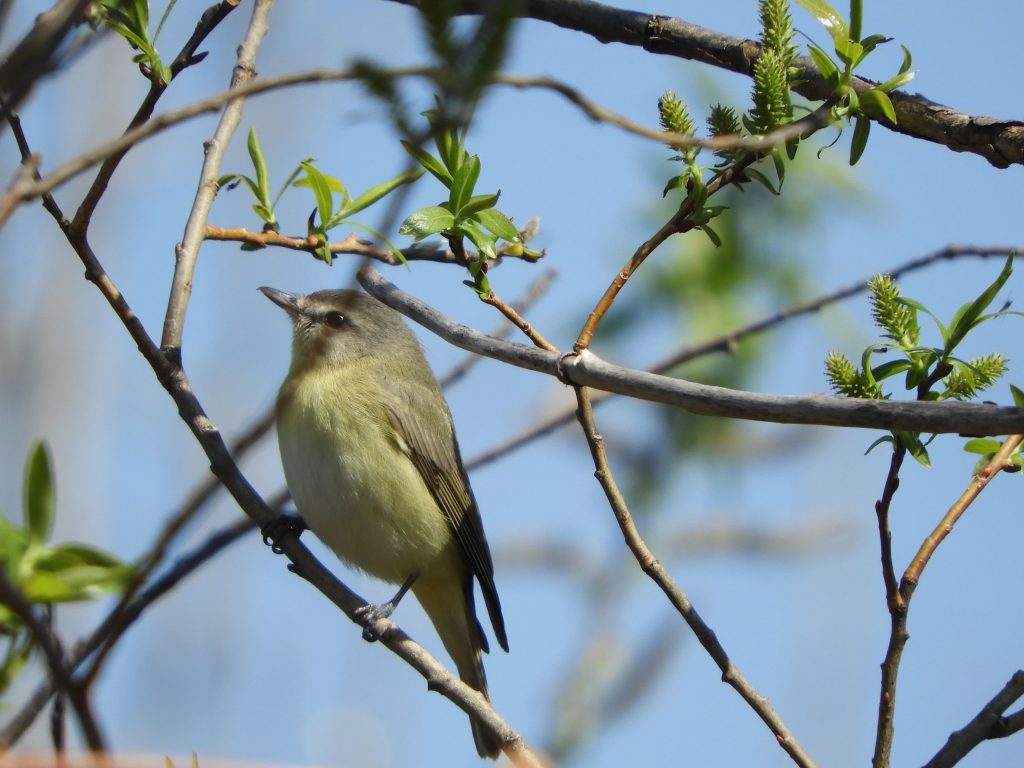
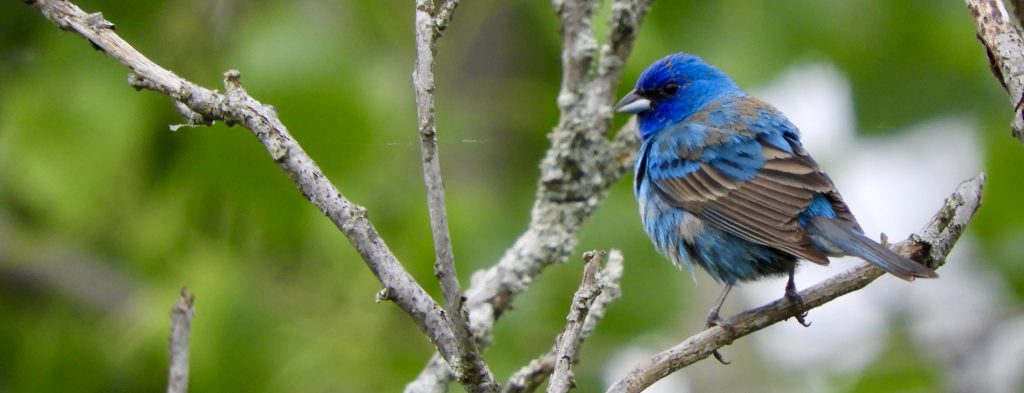
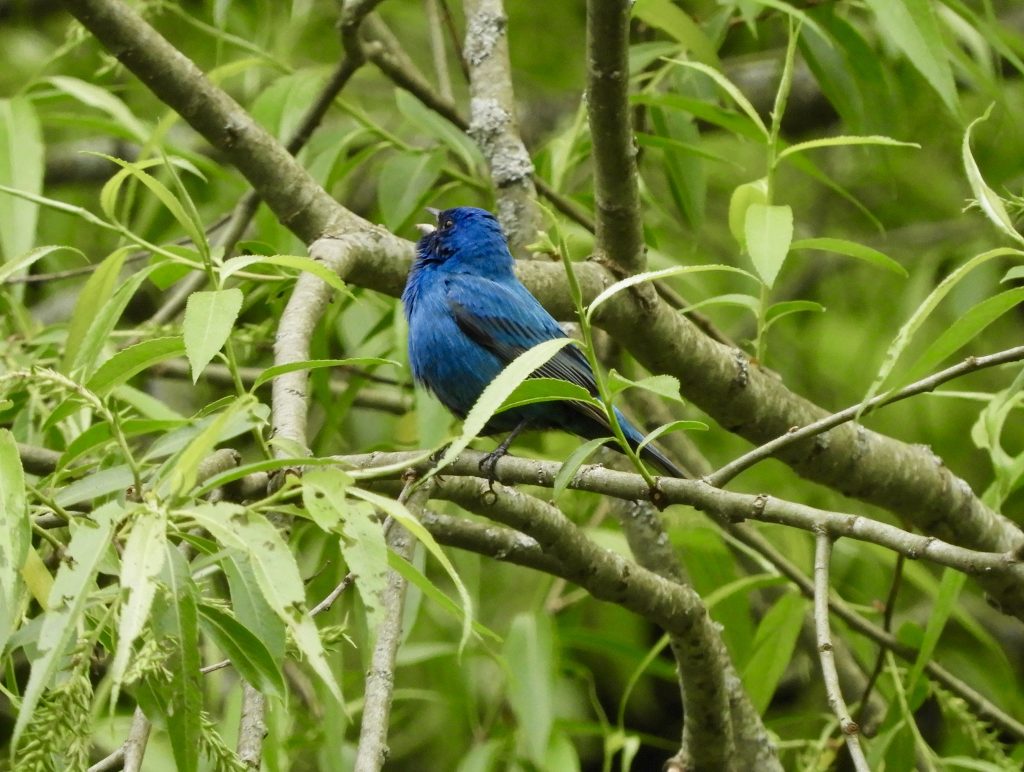
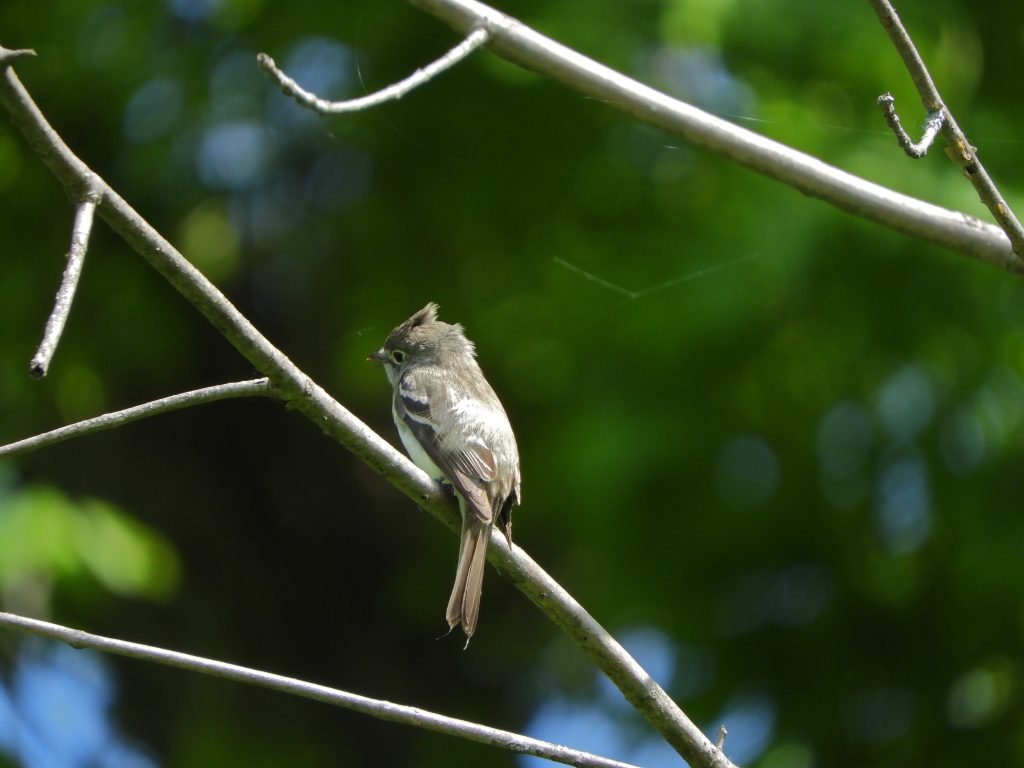
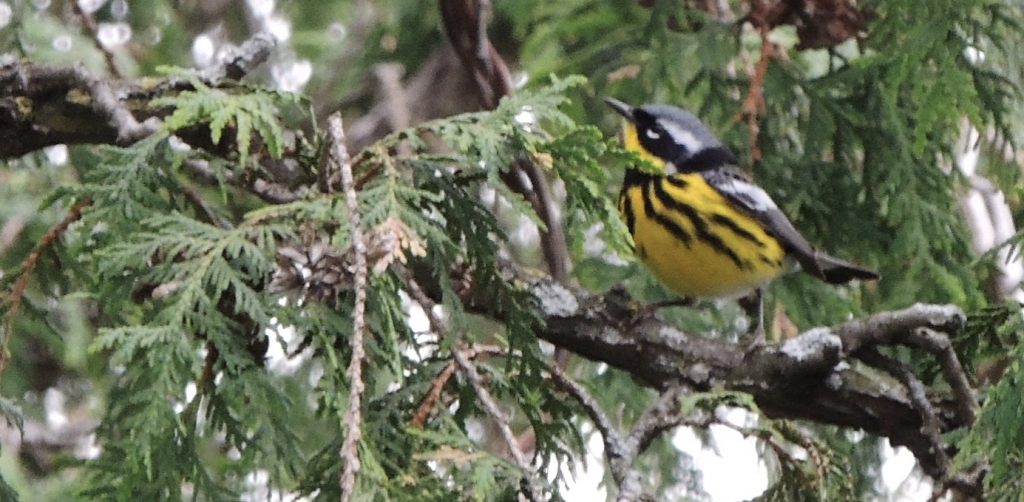 Westdale, Hamilton. ON. May 13 2023. This morning I led a group of modestly experienced birders on a walk on what is arguably the best and busiest day of the year for new neo-tropical migrants, New World warblers in particular.
Westdale, Hamilton. ON. May 13 2023. This morning I led a group of modestly experienced birders on a walk on what is arguably the best and busiest day of the year for new neo-tropical migrants, New World warblers in particular.